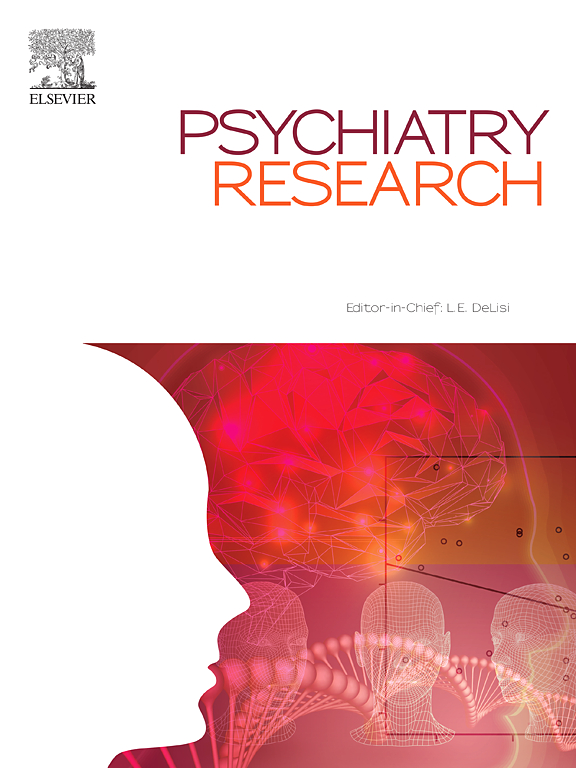Neuropathic pain and its association with intimate partner violence: The patient's perception in contrast to the intimate partner violence scale
IF 4.2
2区 医学
Q1 PSYCHIATRY
引用次数: 0
Abstract
Introduction
The potential contribution of intimate partner violence (IPV) to the development of neuropathic pain (NP) is not fully elucidated. Therefore, this study aimed to describe self-reported IPV in patients with NP undergoing treatment and to associate the findings with the values obtained on the Intimate Partner Violence Scale (EVIPI, from Portuguese Escala de Violência entre Parceiros Íntimos).
Methods
This study was conducted with a group of patients undergoing treatment for chronic NP. The EVIPI was used to assess exposure to violence. This instrument was administered to participants who had been in an intimate relationship in the last six months.
Results
The study involved 124 participants, of whom 73 (58.9 %) had been in a relationship in the last six months. All selected participants self-declared being in a heterosexual relationship. Among them, 44 (60.3 %) were women, 53 (72.6 %) self-identified as white, and 33 (45.2 %) had incomplete basic education. When asked if they had experienced any form of violence within the intimate relationship in the last six months, 68 (93.2 %) self-reported that they had not. Additionally, 66 (90.4 %) reported that they had not experienced childhood violence. Cross-tabulation between the EVIPI and self-reported exposure to violence did not show a significant association in the three categories of the EVIPI. Despite the lack of statistical significance, among those who denied having suffered violence in childhood, 29 and 19 participants scored positive in the “injury and physical violence” and “behavioral control” categories of the EVIPI, respectively. Among those who denied having suffered IPV, 30 and 19 participants scored positive in the “injury and physical violence” and “behavioral control” categories of the EVIPI, respectively.
Conclusions
No significant association was found between the markers evaluated; however, there was a gap in understanding the concept of violence, as most participants denied exposure to violence despite the EVIPI results indicating certain levels of exposure.

求助全文
约1分钟内获得全文
求助全文
来源期刊

Psychiatry Research
医学-精神病学
CiteScore
17.40
自引率
1.80%
发文量
527
审稿时长
57 days
期刊介绍:
Psychiatry Research offers swift publication of comprehensive research reports and reviews within the field of psychiatry.
The scope of the journal encompasses:
Biochemical, physiological, neuroanatomic, genetic, neurocognitive, and psychosocial determinants of psychiatric disorders.
Diagnostic assessments of psychiatric disorders.
Evaluations that pursue hypotheses about the cause or causes of psychiatric diseases.
Evaluations of pharmacologic and non-pharmacologic psychiatric treatments.
Basic neuroscience studies related to animal or neurochemical models for psychiatric disorders.
Methodological advances, such as instrumentation, clinical scales, and assays directly applicable to psychiatric research.
 求助内容:
求助内容: 应助结果提醒方式:
应助结果提醒方式:


